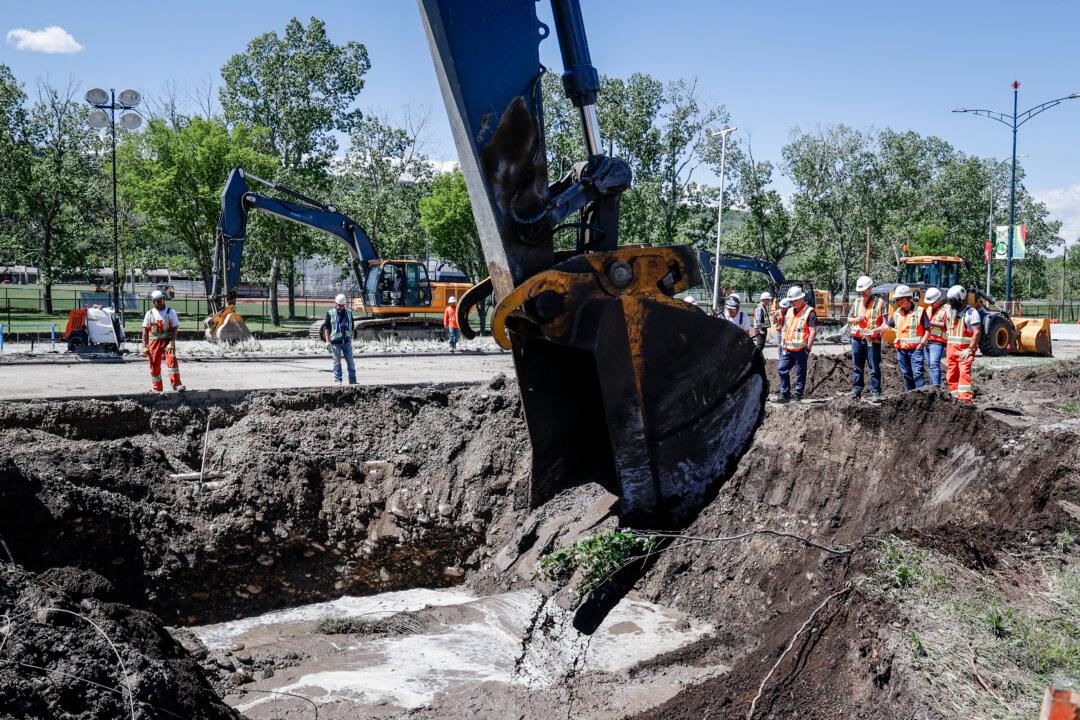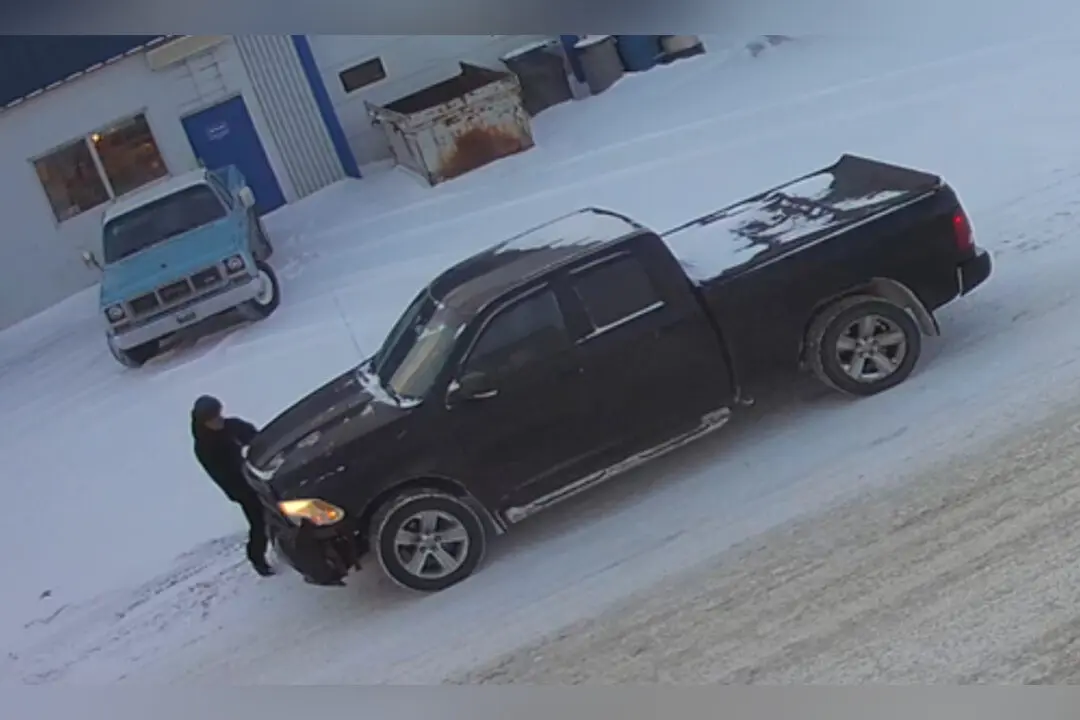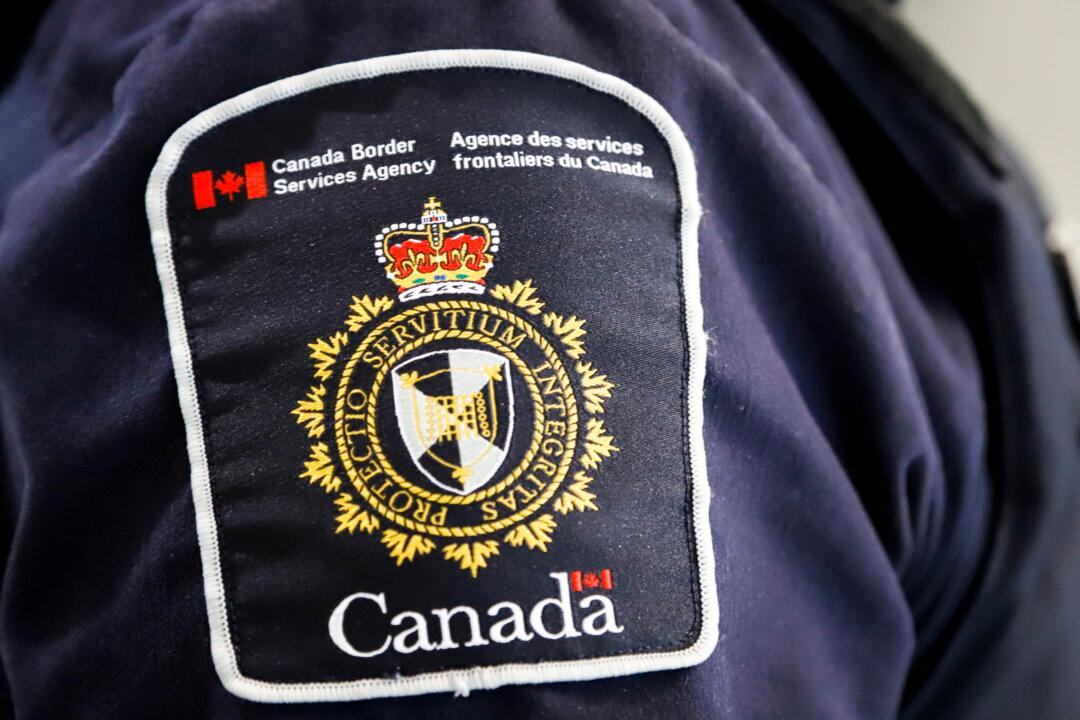Calgary Mayor Jyoti Gondek says repairs on a water main have progressed enough to allow the city to lift the restrictions on indoor water use.
Calgary has been under a state of emergency for several weeks after a June 5 water main break led to crews finding five more “hot spots” that needed urgent attention. The city banned outdoor water use June 15, closed swimming pools, and asked residents to conserve water inside their homes.





